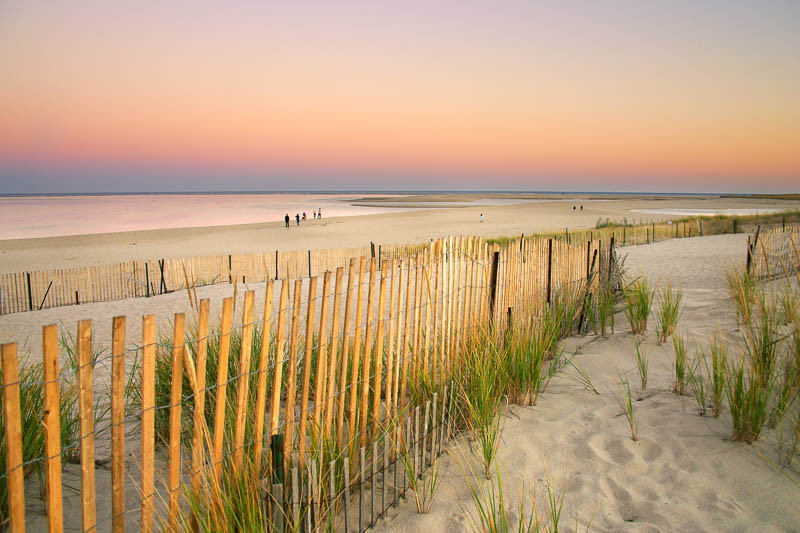Massachusetts Native Plants
Developing a garden that showcases native Massachusetts plants is a delightful way to contribute to local biodiversity while enjoying the unique beauty that these plants offer. Here are some expert tips for creating a thriving native plant garden:
- Understand Your Soil and Sun: Recognize the kind of soil in your garden and the sunlight it gets daily. This will help you choose plants best suited for your site conditions.
- Variety is Key: Choose a range of native trees, shrubs, perennials, and grasses to create an attractive, diverse landscape that supports local ecosystems.
- Trees: Consider trees like the Sugar Maple (Acer saccharum) and Eastern White Pine (Pinus strobus), both vital to local wildlife and known for their magnificent foliage.
- Shrubs: Add shrubs such as Highbush Blueberry (Vaccinium corymbosum) and Spicebush (Lindera benzoin), which offer seasonal interest and food for native fauna.
- Wildflowers: Enhance your garden’s appeal with native wildflowers like the Trillium (Trillium grandiflorum) and the Woodland Sunflower (Helianthus divaricatus) to invite pollinators.
- Grasses and Groundcovers: Integrate native grasses like Little Bluestem (Schizachyrium scoparium), and groundcovers such as the Bearberry (Arctostaphylos uva-ursi) to provide erosion control and habitat.
- Sustainable Practices: Use composting, rainwater harvesting, and avoiding chemical pesticides to make your garden eco-friendly.
- Patience Pays: A native garden takes time to establish, so be patient and allow it to flourish at its own pace.
- Use Local Resources: Leverage the knowledge of local native plant societies and university extension services.
By planting native Massachusetts plants, you’ll be creating a stunning, eco-friendly garden that supports local ecosystems. Enjoy the journey!

